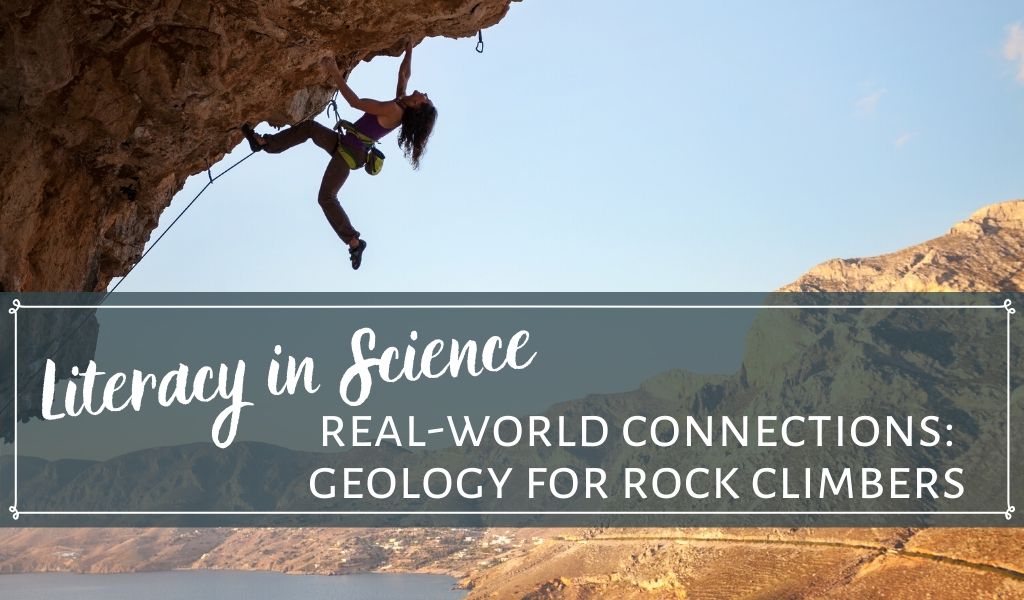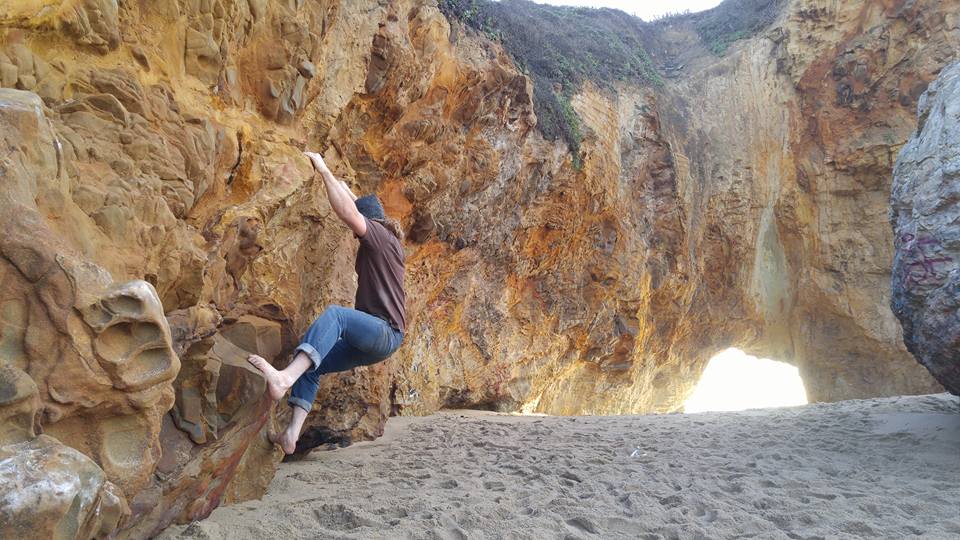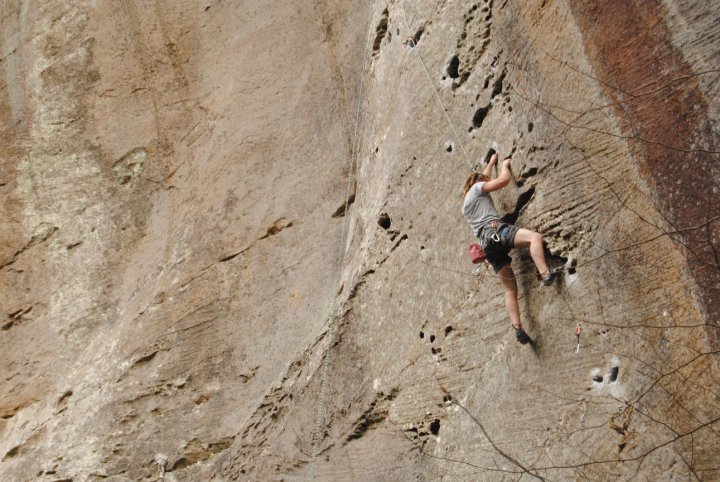Literacy That Connects in the Science Classroom


This is my brother, Brent. Know what he’s really good at? Rock climbing. Know what he wasn’t really good at? School. Don’t get me wrong, he’s smart enough, he just didn’t apply himself. He was one of those frustrating, “won’t do” students that you have in class. What does he do now? He’s part-owner of a successful rock climbing gym in California. If you’re missing the connection to literacy in the science classroom, no worries, I promise it is coming.
What is Literacy?
According to Merriam-Webster, literacy is being able to read and write. I argue that definition isn’t a measure of sufficient skills in the classroom. Students need to be able to analyze what they read, make connections, identify patterns, and relate the text to real-world situations. Simply being able to read information isn’t going to cut it.
Students are taught reading and writing techniques at a young age, but the focus on how to read and write specific text stops around middle school. That’s also the age where students first encounter more complex text resources. They are expected to gain an understanding of subject-specific concepts through reading. That’s a great skill to have, but are we teaching students how to read and analyze these texts?
We should read texts from different subjects with different strategies. If you’re a good reader, you probably do this naturally without explicit instruction. Some students are able to interpret and understand information from texts in a variety of subjects with no problems. These tend to be your top students who just get it. They don’t need specific instruction to recognize how literacy in science is different than literacy in social studies or math. But, what about the students who get left behind? They need opportunities to practice using subject-specific literacy skills. So, we need to offer those opportunities to learn reading strategies that lead to student literacy in science.
Literacy in Science
Reading cannot be separated from science and it shouldn’t be! When students are learning how to read science texts, we are asking them to identify cause and effect relationships, cite evidence that supports a claim, analyze and interpret data, and make connections between complex concepts. They don’t do all of that in the same format in any other subject.

Literacy in Science Example: Geology for Rock Climbers
This is just ONE example I used in my classroom. I teach earth science, but these steps are true for bringing literacy into the science concepts regardless of the content.
Want to try out the example? You can get the article and student questions at my Teachers Pay Teachers store!
Selecting the Resource
I am finally getting back to my brother and how in the heck he connects with literacy in science. I teach earth science and students learn about different types of rocks and how they form. Great, but what does that matter? They may not have a reason to care about types of rocks, but many of them are intrigued by rock climbing. You can get their heart pumping and get them thinking about rock climbing if you intro the lesson with this video of Alex Honnold free solo climbing (with no ropes) El Capitan.
Brent, the brother who didn’t care about school, is planning a workshop about types of rocks for rock climbers. You see, the type of rock matters to climbers! Then, I came across this article, Geology for Rock Climbers written by a professional geologist and rock climbing hobbyist.
Adapting the Article
I LOVED the article, Geology for Rock Climbers, but it was too complex for my students and many of them would have just quit. Just because a resource is not a perfect fit for your students doesn’t mean you have to give up on it. I edited the article to fit the academic needs of my freshmen students. They accessed the science concepts essential for them to know from an engaging, non-traditional perspective.
Introducing Literacy in Science
We all have students that will not be excited about reading. Before giving students the article, I try to engage them with the rock climbing perspective first. I asked Brent and his youth climbing team to create a quick video to introduce rock climbing to my students. They did a great job!
Getting to Work
Students are now ready to continue building their literacy skills. To guide their thinking, I created a worksheet with questions to accompany the article. The important thing when asking questions is to think about what science literacy strategies students struggle with and ask questions that target those skills.
